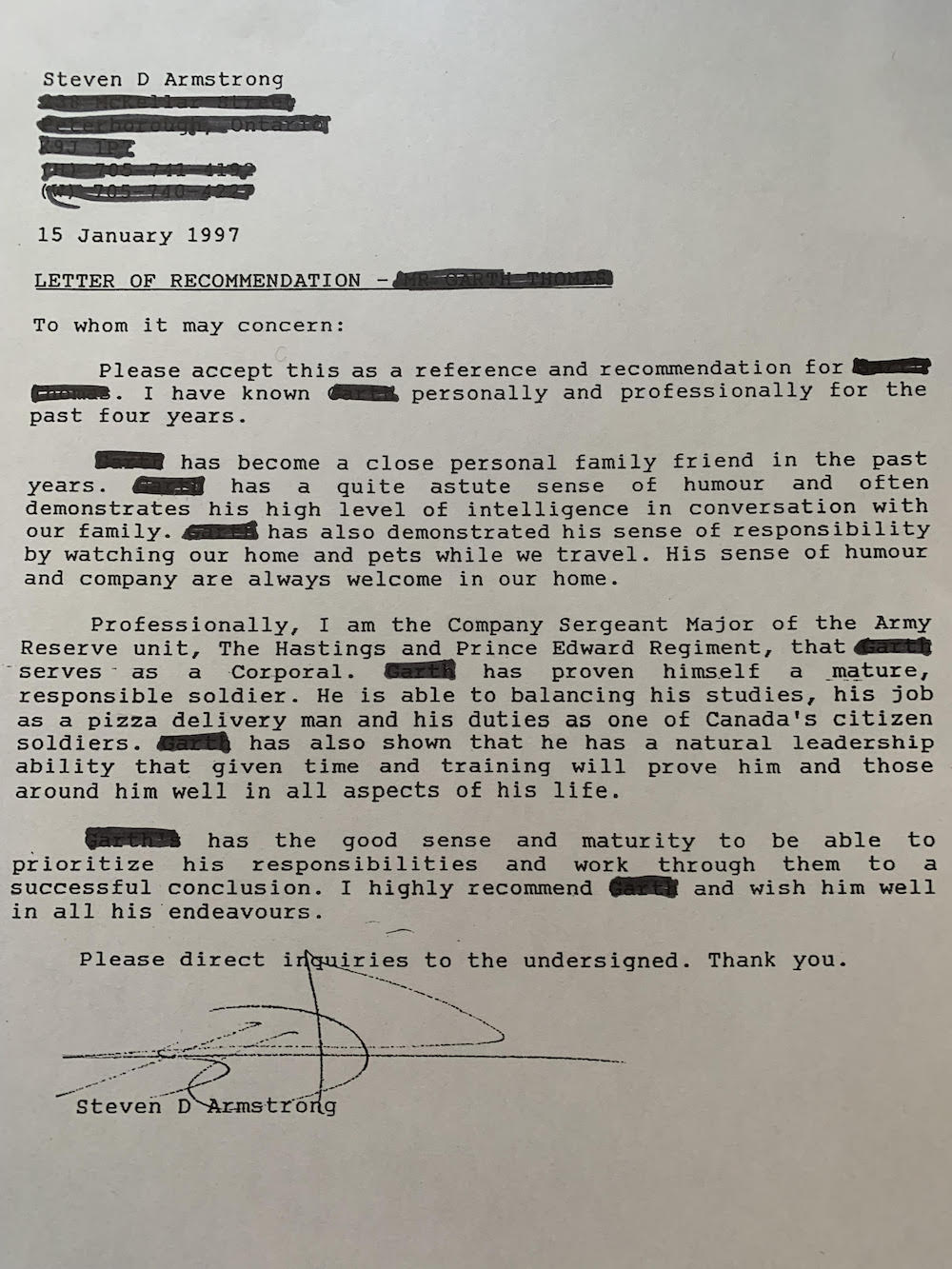Solve The C-Word Problem & The Great Disengagement By Rehiring Your Employees
A new Gallup analysis finds that 48% of America’s working population is actively job searching or watching for opportunities. The numbers are not as evident here in Canada, but I suspect it is similar and comparable.
Businesses face a staggeringly high quit rate — 3.6 million Americans resigned in May alone — and a record-high number of unfilled positions. And Gallup discovered that workers in all job categories, from customer-facing service roles to highly professional positions, are actively or passively job hunting at roughly the same rate.
Read more about the cost of bad hires.
Employees who are looking for a job or watching for opportunities
| September 2019 | March 2021 | |
| % | % | |
| Actively Disengaged | 69 | 74 |
| Not Engaged | 51 | 55 |
| Engaged | 29 | 30 |
| Total | 46 | 48 |
| GALLUP, (U.S. stats) SEPT 2019, MARCH 2021 | ||
People call it the “Great Resignation,” and the Gallup data show that the highest quit rate is among disengaged workers.
Employee resignation and employee engagement
Unfortunately, most employees are disengaged. Gallup’s State of the Global Workplace: 2021 Report identified an employee engagement rate of 20% — 34% in the U.S. and Canada.
- Highly engaged teams are 14% to 18% more productive than low-engagement teams.
- Low engagement teams typically have turnover rates that are 18% to 43% higher than highly engaged teams.
- Replacing existing workers costs one-half to two times the employee’s annual salary.
- Gallup finds that it takes more than a 20% pay raise to lure most employees away from a manager who engages them and next to nothing to poach most disengaged workers.
It certainly seems that the “Great Resignation” is less an industry, role or pay issue than a workplace health & values issue.
Considering that most employees are disengaged, each new hire will likely join a disengaging team.
And that means they will probably leave in short order.
This is a self-defeating cycle, but it can be interrupted.
Interrupted the ‘Great Resignation’ by ‘Rehiring’ your employees.
After two years of the C-word (COVID), now is a great time to rehire your current employees and double down on onboarding new hires.
As leaders, we have a real opportunity to go to our employees and say, ‘Remember when you were first hired? Let’s go back and reinforce the culture and values that attracted you to us in the first place.’
In the case of existing employees, let’s re-onboard them. And I am not talking about the ‘stupid ergonomics/how to sit at your desk’ lecture. Or the ‘Read all of these policies and sign off on them before we tell you where the bathroom is’ session.
Our people are not morons.
They know that despite all of our protestations that we are a family, and our values are the highest in the industry if we focus on rules, policies and procedures, the family & values part is a lie.
They see that what gets oxygen and attention are the Organization’s actual values.
So tell great stories about how you and the Organization live your values.
Populus Group curates a series of culture-related questions and has each new hire call an existing employee each day.
The new hire asks the questions, and the current employee tells a story about their experiences.
Read about the three exercises you can do with your team that will build a healthy culture
Questions like:
- What causes conflict here, what does it look like, and how is it resolved?
- How does the company support me as a family member?
- How are decisions made when there’s disagreement and stakes are high?
- When and how do people like to give and receive feedback?
- Titles aside, who in the Organization has the power to get things done?
It’s time to be vulnerable and tell your existing team that we know we may have lost our way due to COVID. Or we may have done a poor job of onboarding you the first time.
But you want to do better, so we will rehire you.
And we are going to do it better!
In other words, reversing the Great Resignation requires fixing the Great Disengagement — and you and your leaders are critical.





